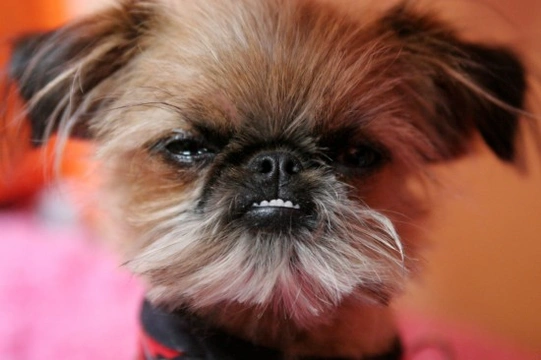
Different tactics to address aggressive behaviour in dogs
Assuming that your dog is correctly socialised from a young age, is properly trained, and has not experienced any negative stimulus that was not properly addressed, very few dogs will become aggressive for no reason, or in unusual circumstances. However, as many people adopt or buy adult dogs whose history cannot be fully known, it is not uncommon to inherit problems along with the new dog, which can in some cases manifest as aggressive behaviour, or defensive aggression.
Understandably, aggression in the dog for any reason is a potential problem, and one that should always be addressed and not ignored or glossed over. However, as the average dog owner may not have ever had to deal with aggression or untangling the root causes behind it, it can be hard to know where to begin.
There are several different methods of addressing aggression with a view to re-training the dog and changing their responses to things, which is of course much more effective long term than simply chastising the dog or removing them from the situation that triggers the problem. In this article, we will look at some of the different tactics that are commonly employed to re-train and manage canine aggression, and what they entail. Read on to learn more.
Desensitisation therapy
Desensitisation therapy has a lot of potential applications for dogs and dog training, and is also one of the main methods used as a first tactic to re-train a dog away from aggressive responses to stimulus.
Desensitisation therapy works on the principle of an ongoing process of slowly and gradually increasing exposure to a trigger (in this case, whatever causes an aggressive episode in the dog) within a safe and reassuring environment, until the dog no longer views the trigger as a threat, and instead builds up neutral or even positive associations with it.
Desensitisation therapy for canine aggression can be utilised if your dog displays an aggressive or defensive response to a clear trigger or cue or set of situations, as it is necessary to be able to identify the trigger before you can go to work on it!
Once you have found the cue or trigger- such as someone approaching the house, or something that happens out on walks, you can manage and control your dog’s exposure to it, working up from the distant to the near with repetition, and continually exposing your dog to closer and closer contact with it at your dog’s pace. Alongside of reassurance and positive reinforcement with treats and praise, you should be able to turn negative triggers into a neutral, everyday experience for your dog, and remove their automatic aggressive or defensive response to it.
Your dog will ultimately follow your lead and look to you for reassurance and direction, and when you remain calm and demonstrate that there is no problem, your dog will respond in kind.
Counter-conditioning therapy
Counter-conditioning therapy can be used either alone, or in combination with desensitisation therapy to deal with aggressive responses to certain actions or activities.
Counter-conditioning involves diverting the dog’s attention from something that they see as negative and a cue for aggression (such as someone approaching the door) and giving them a reward such as a treat or a toy when they change the focus of their attention. Over time, this will re-wire the thought processes in your dog’s mind, so that when the trigger occurs, instead of them becoming wound up and potentially aggressive, they read it as a cue or indicator that they will receive something good, and respond accordingly.
Submission and deference training
Your dog should always be deferent in their mannerisms towards you, and this can come in the form of simple good manners such as not pushing past you and by allowing you to go first through doors. However, deference training can also be used to re-train a dog that is aggressive, dominant or otherwise pushy in a wide range of situations too.
If your dog becomes aggressive or pushy over resources, or because they want something, deference training involves making them wait until they are calm and well behaved before they receive it; for instance, by teaching your dog that they must sit and wait before they will receive their bowl of food, and that barking, snarling and pushing you around mean that they are simply delaying their meal!
The same system works if your dog is aggressive or dominant with people. If your dog acts out or is otherwise aggressive or badly behaved in the presence of someone, or barks and snarls at them, make them sit and then lie in the “down” position in front of that person. This forces your dog to show deference to that person and removes their alpha mind set, as they are made to submit in front of the source of their bad manners.
Ensure that your dog is having all of their needs met
While working on dealing with aggression by any means, it is important to ensure that your dog’s needs are met fully, as otherwise this will only make the whole process harder! Feed your dog at the same time every day so that they never have to worry about where their food is coming from, which can generate aggression over food, and ensure that your dog is walked enough so that they are not constantly looking for something to do or some way to entertain themselves.
Ensure that your dog has a regular routine that they can rely on and get used to, as without a feeling of security in their day to day lives, dealing with any behavioural issues will become that much harder.



